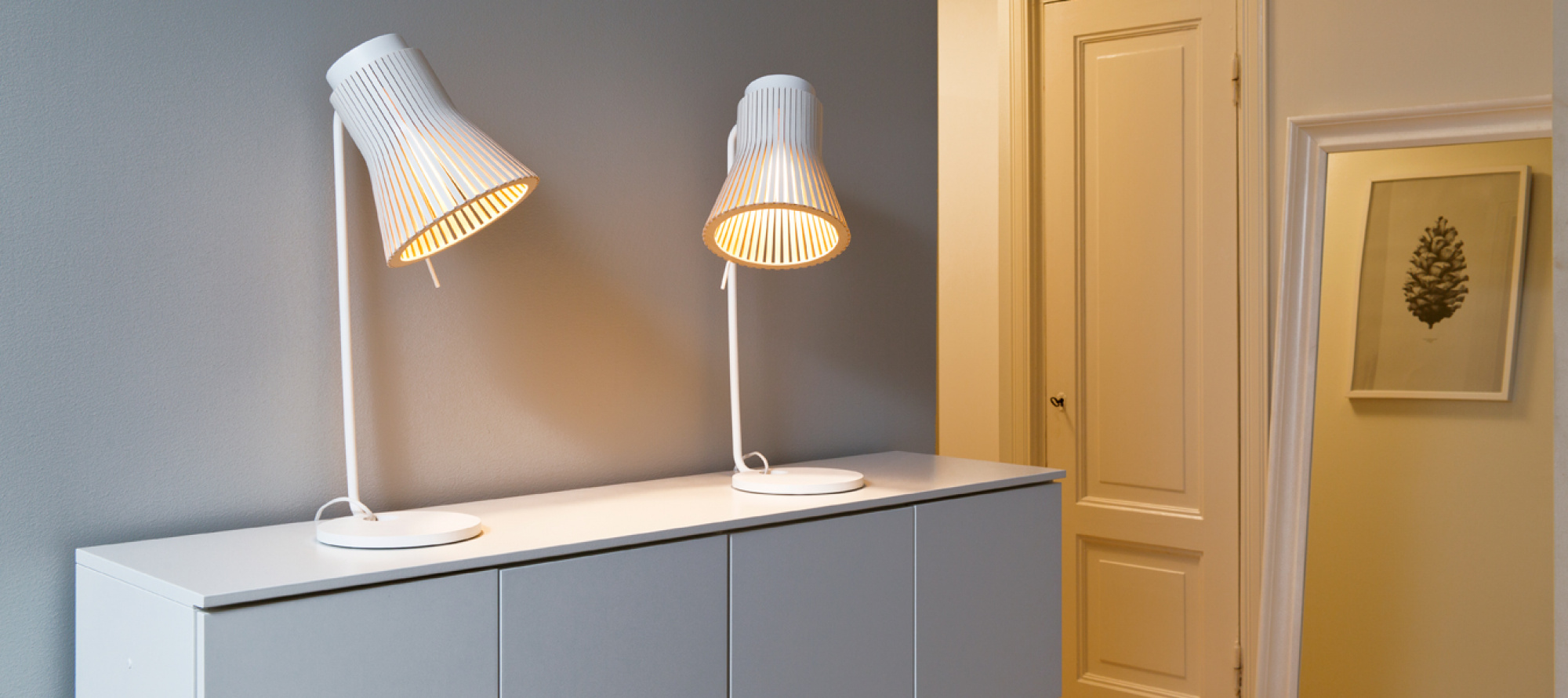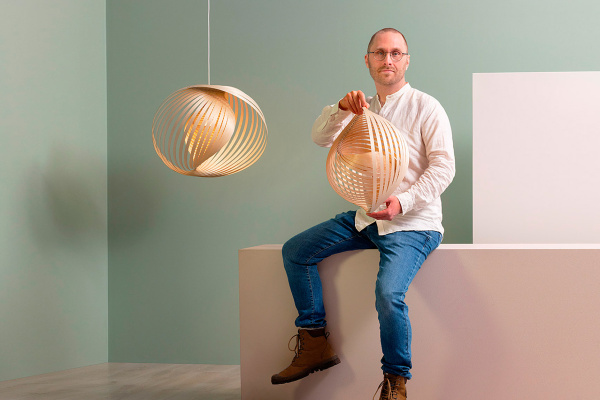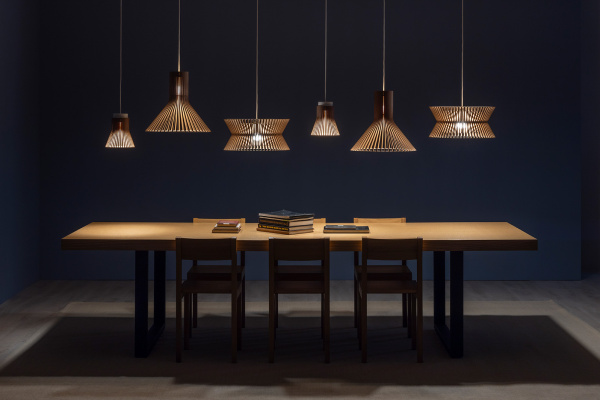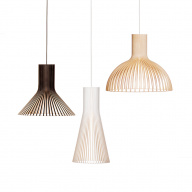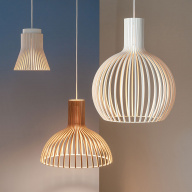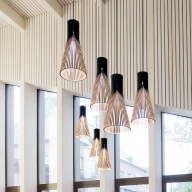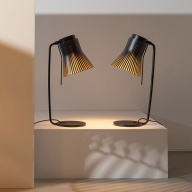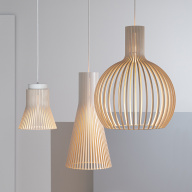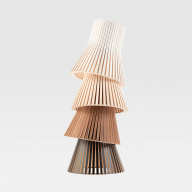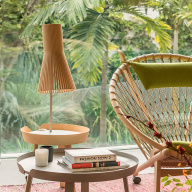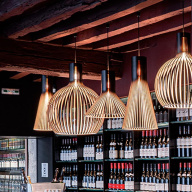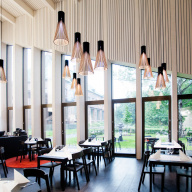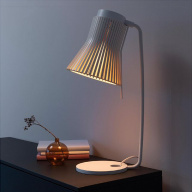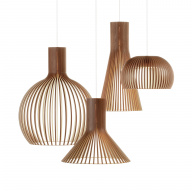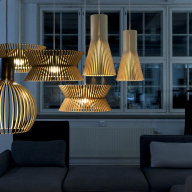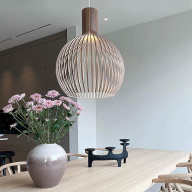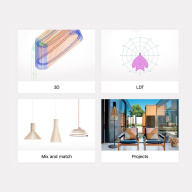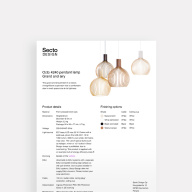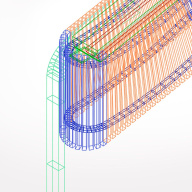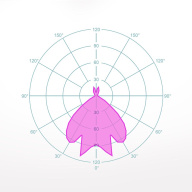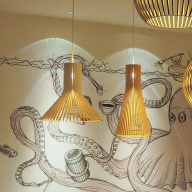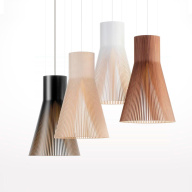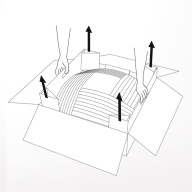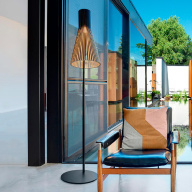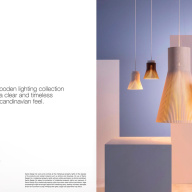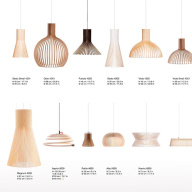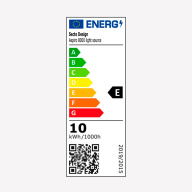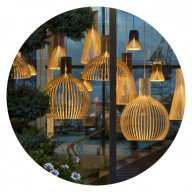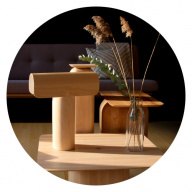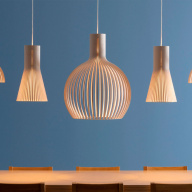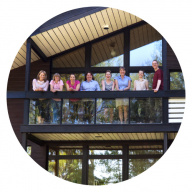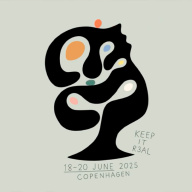Light brightness and color scales
Within the lighting industry there are specific terms regarding the quality of the light emitted from a light bulb and how to measure the brightness. Understanding these terms can be helpful when trying to decide which lighting fixtures and light bulbs will be the right ones for a certain space and atmosphere. Below is a description of the most relevant terms regarding the color and brightness of light bulbs.
Lumens
Lumens indicates how bright the light is, simply, the higher the lumens the brighter the light will be. When calculating the number of lumens that is needed for lighting up a space it is important to consider how large the area is (m2) and what the purpose of the area is. For example, ambient lighting for a 20 m2 living room should be around 1000 Lumens. There are specific calculators to support you in choosing the right amount of Lumens.
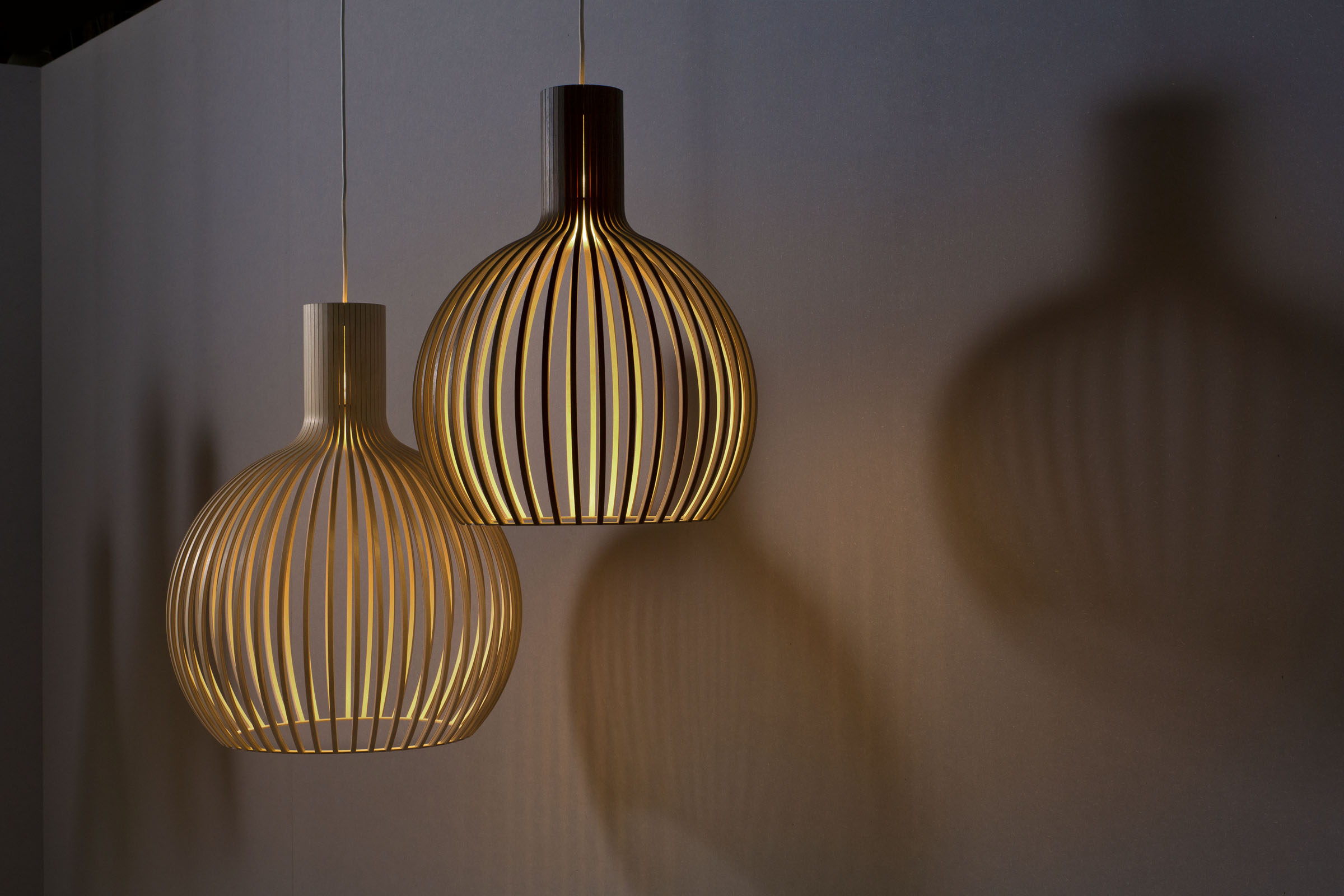
Lumens indicates how bright the light is.
Kelvin
Kelvin is a measurement scale used to measure a light bulb’s specific color temperature. The higher the number is on the Kelvin scale the cooler and more bluish white the light is. In normal household fixtures the color temperature will most likely range between 2700K and 3500K. Understanding the different ranges of the Kelvin scale helps to choose the right fixture for the area in question. For example, choose a color temperature between 2000K – 3000K for living areas in a house such as bedrooms and dining rooms but go for higher color temperatures in kitchen areas where brighter light is more useful (3000K-4500K). If a more ambient setting is wished for that replicates candle-light, then light bulbs with less than 2000K are preferable. So, the higher the Kelvin scale goes the cooler the light looks. To mimic daylight and have a high level of light go for between 5000-6000K.
CRI
CRI stands for color rendering index which simply means a measurement of how true the color of an object is under a bulb’s light. The CRI scale ranges from 0 – 100 with 100 having the highest level of color rendering ability. Secto Design lamps have a CRI of about Ra80 to provide a high enough level of CRI but to also allow for warm and pleasant lighting.
Ra
The unit used to measure CRI (Color Rendering Index), the higher the value the more natural the color of the objects placed under the light will be.
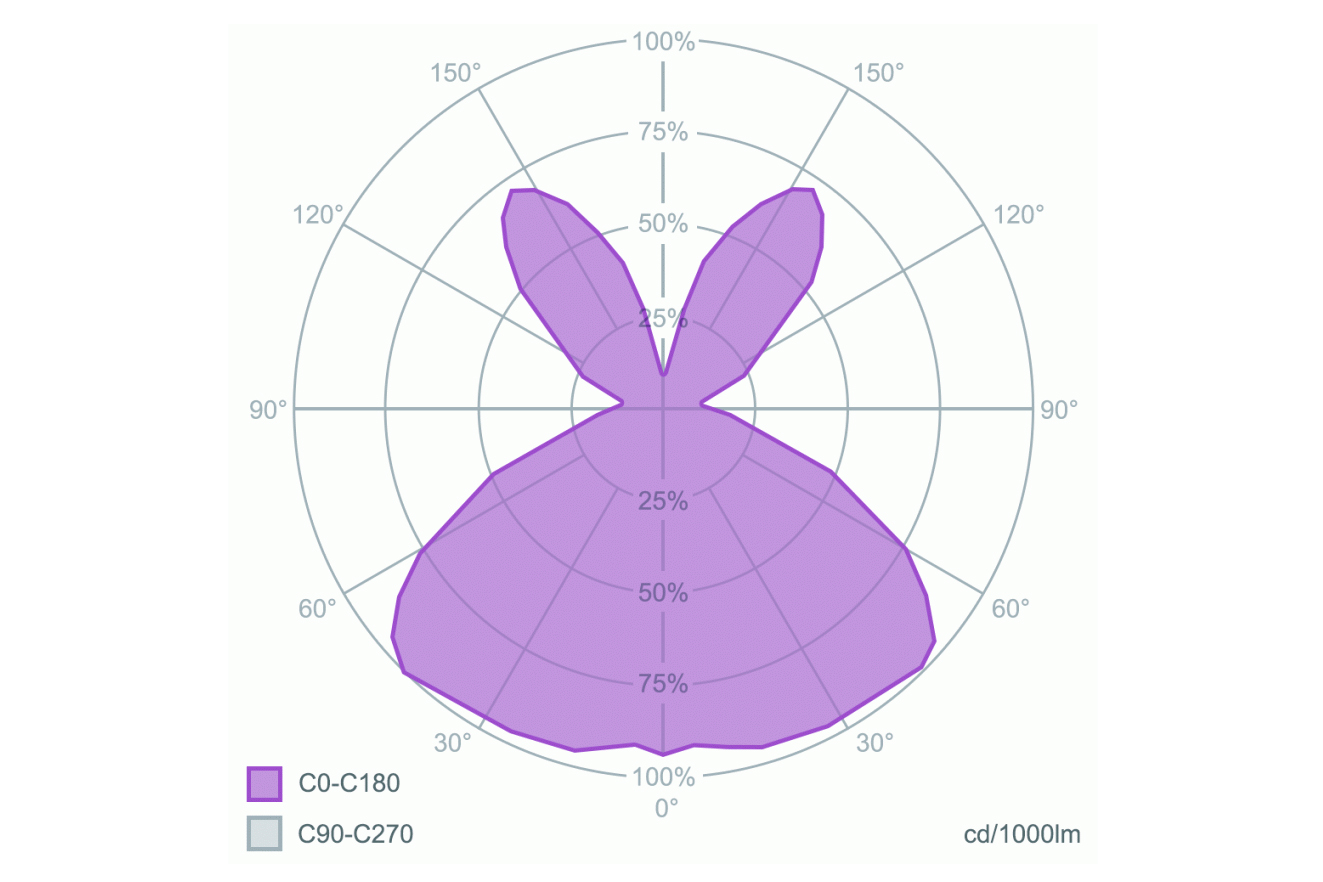
Light distribution curve of Kontro 6000.
Photometric curves
Photometric curves illustrate how the light beam will take shape, for example, is the beam going to be narrow or wide, symmetric or asymmetric etc. This is important to understand how much light one will have from a lamp that shines on, for example, a dining room table.

